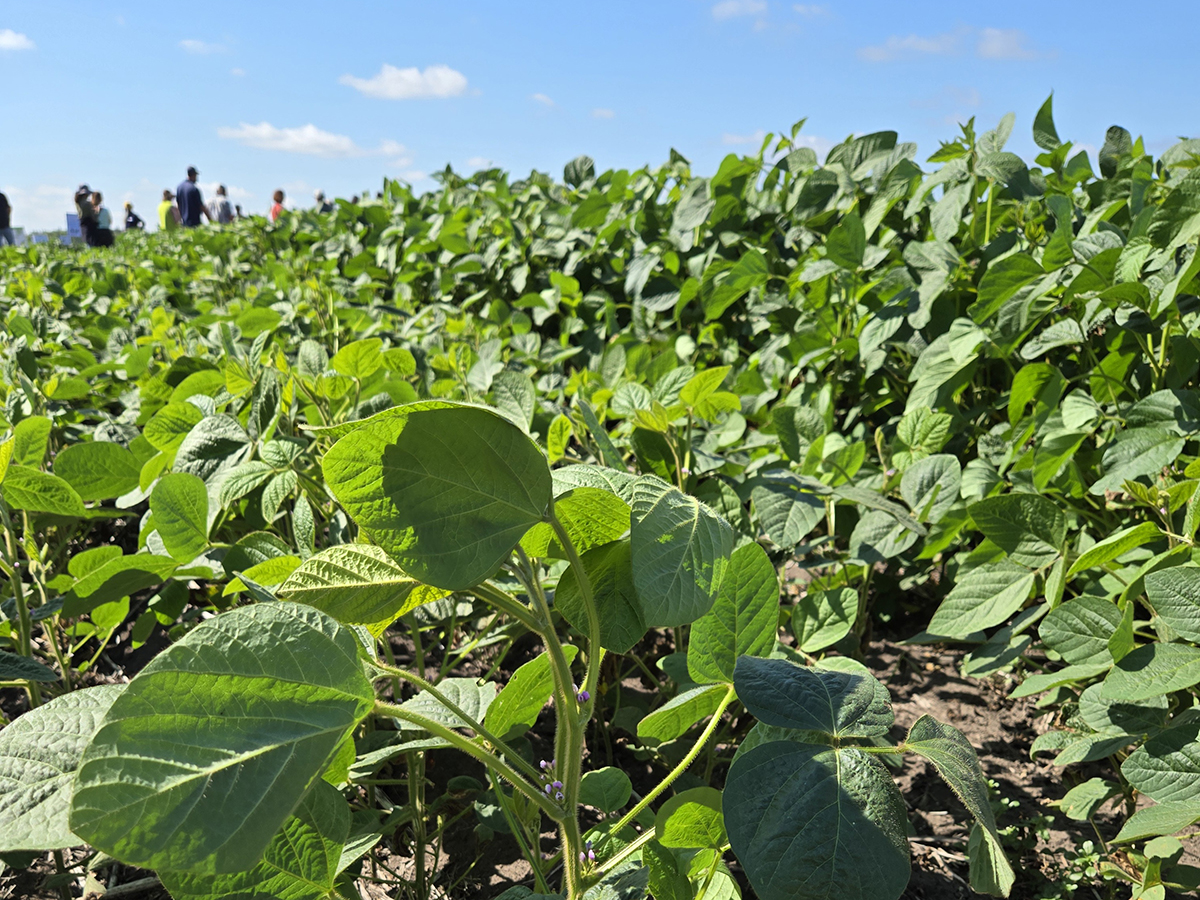Responding to critics of its decision to buy two new lakers, the Canadian Wheat Board has published what it calls its business plan to back up the project.
The $65 million purchase has received mixed support, with a number of farm groups complaining the numbers don’t add up and the purchase doesn’t make good financial sense for cash strapped farmers.
The board has attempted to answer those criticisms by posting two documents on the board’s website.
One is a question and answer about the project, and the other is a letter to producers from CWB chair Allen Oberg.
Read Also

Spider mites big soybean problem this season
Spider mite issues have been geographically limited but significant where they occur, said John Gavloski, an entomologist with Manitoba Agriculture.
In his letter, Oberg said the purchase is based on a “very strong” business case that will result in significant economic benefits for prairie farmers.
“This will generate revenue for decades to come and pay for itself many times over, just as CWB ownership of rail hopper cars has done.”
Oberg listed five areas in which the business merits of the deal can be seen:
• Investment – The upfront cost of $65 million will be paid from CWB revenues over four years, which works out to less that $1 per tonne, or half of one percent of expected CWB gross revenues.
• Return – Benefits begin accruing as soon as the ships are in the water and accrue to all grain farmers equally, regardless of whether their grain is shipped east or west. Net revenues, after costs of operation and maintenance, will be around $10 million annually. The ships will pay for themselves in seven years and will produce revenue for the board and farmers for at least 25 years of service.
• Risk – Risk is low. Capacity on such vessels is in high demand, not only from the CWB but from other bulk shippers of both eastbound and westbound (largely iron ore) traffic. The CWB will share in revenue from all commodities carried.
• Opportunity – This the ideal time for such an investment, with a strong Canadian dollar, the recent removal of import tariffs on foreign built vessels and strong demand for business at shipyards around the world. The board is in a good negotiating position.
Oberg said the purchase fits well with the board’s mandate to maximize financial returns to farmers from marketing wheat and barley. Transportation is a big part of marketing and this deal will have a direct impact on those costs.
To read the Q &A, go to www.CWB.ca, click on hot topics, and then click on investing in lake vessels on the left side of the page.














